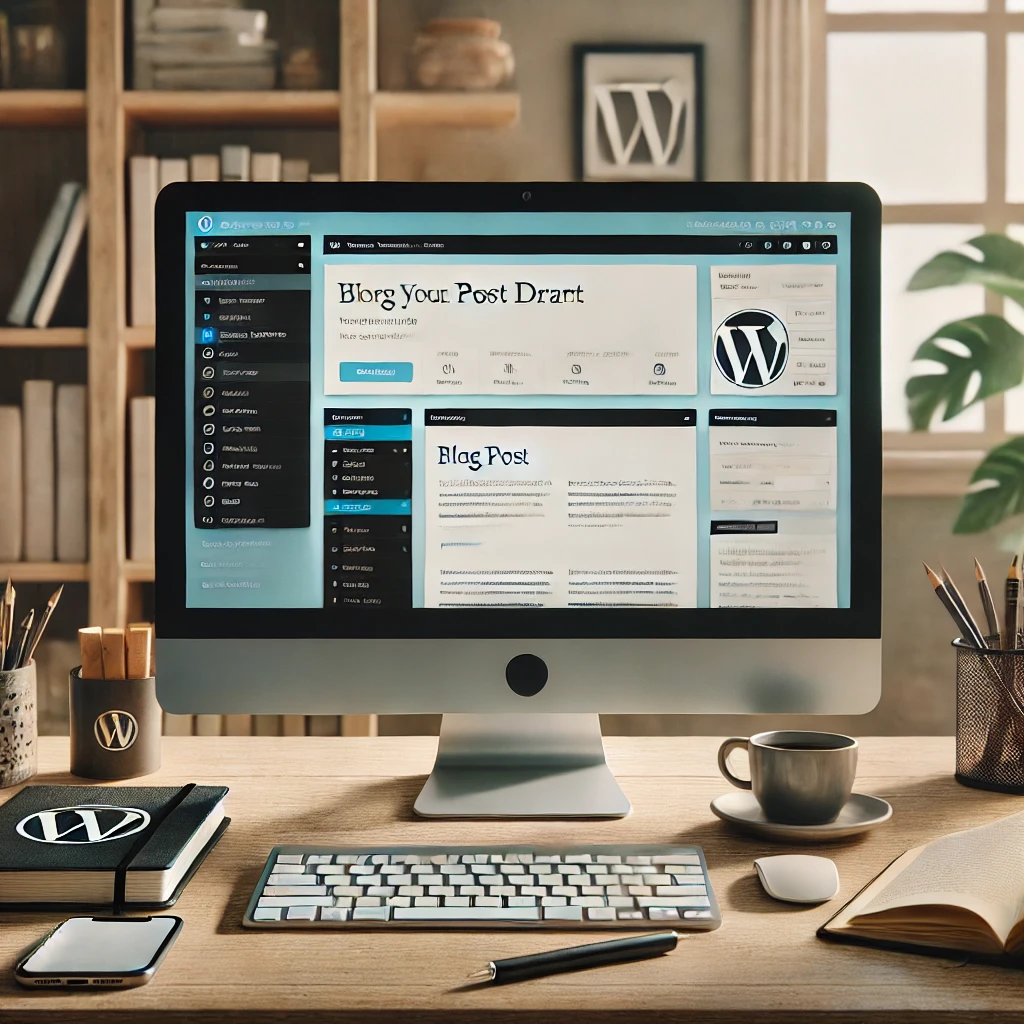A Complete Guide to WordPress Post Formats: Enhancing Your Content Presentation

Categories:
4 minute read
In the vast landscape of content management systems, WordPress stands out for its flexibility and user-friendly features. Among these features, post formats are particularly valuable yet often overlooked tools that can significantly enhance how your content is presented. This comprehensive guide will explore everything you need to know about WordPress post formats and how to use them effectively.
What Are WordPress Post Formats?
Post formats are theme-specific features that allow you to style and organize different types of content uniquely. Think of them as content types that help WordPress understand what kind of post you’re creating, allowing your theme to display it appropriately.
The Nine Standard Post Formats
- Standard Format
The default format for all posts. When you don’t specify a post format, WordPress automatically uses this one. It’s perfect for:
Traditional blog posts
Long-form content
Articles with multiple paragraphs and images
- Aside Format
Asides are similar to Facebook status updates – short, quick notes that don’t require titles. Best used for:
Brief thoughts
Quick updates
Short announcements
Personal notes
- Gallery Format
Designed specifically for posts featuring multiple images. Ideal for:
Photo collections
Portfolio displays
Event coverage
Product showcases
- Link Format
Perfect for sharing interesting links with your readers. Commonly used for:
Resource roundups
Recommended reading lists
External content sharing
Reference collections
- Image Format
While similar to the gallery format, this is designed for posts focusing on a single image. Best for:
Photography showcases
Infographics
Featured Artwork
Single image highlights
- Quote Format
Designed to highlight quotations and make them stand out. Excellent for:
Inspirational quotes
Customer testimonials
Interview excerpts
Notable sayings
- Status Format
Similar to asides but typically even shorter. Perfect for:
Twitter-like updates
Quick announcements
Real-time updates
Brief news items
- Video Format
Optimized for posts featuring video content. Ideal for:
Video blogs
Tutorial videos
Product demonstrations
Embedded video content
- Audio Format
Specifically designed for audio content. Great for:
Podcast episodes
Music sharing
Audio interviews
Sound clips
How to Implement Post Formats
Theme Support
First, ensure your theme supports post formats. Add this code to your theme’s functions.php file:
add_theme_support( 'post-formats', array(
'aside',
'gallery',
'link',
'image',
'quote',
'status',
'video',
'audio',
'chat'
) );
Using Post Formats in Your Content Strategy
Content Organization* Use consistent formats for similar content types
Create content calendars around different formats
Maintain visual hierarchy through format selection
User Experience Benefits* Easier content navigation
Improved content discovery
Better visual organization
Enhanced reader engagement
SEO Considerations* Proper markup for different content types
Improved content structure
Better content categorization
Enhanced search engine understanding
Best Practices for Post Formats
- Consistency is Key
Stick to specific formats for particular content types
Maintain consistent styling within each format
Create format-specific templates when needed
- Don’t Overuse
Choose formats based on content needs
Avoid using formats just because they exist
Focus on user experience first
- Mobile Responsiveness
Ensure formats work well on mobile devices
Test different format displays across devices
Optimize media content for mobile viewing
- Format-Specific Optimization
Optimize images for image formats
Ensure proper video embedding for video formats
Use appropriate audio players for audio formats
Format quotes properly for quote formats
Troubleshooting Common Issues
- Format Not Displaying
Check theme support
Verify template files
Review format selection
Check theme documentation
- Styling Problems
Review theme CSS
Check custom styling
Verify format-specific templates
Test in different browsers
- Media Issues
Check media file formats
Verify embed codes
Review media permissions
Test media display
Advanced Tips and Tricks
- Custom Formatting
add_filter( 'the_content', 'custom_format_content' );
function custom_format_content( $content ) {
if ( has_post_format( 'quote' ) ) {
return '<div class="custom-quote">' . $content . '</div>';
}
return $content;
}
- Format-Specific Features
Add custom fields for specific formats
Create format-specific widgets
Implement format-specific sharing options
Design format-specific layouts
Conclusion
WordPress post formats offer a powerful way to enhance your content presentation and improve user experience. By understanding and properly implementing different formats, you can create a more engaging and organized blog that better serves your readers’ needs.
Remember that the key to successful use of post formats lies in:
Understanding your content needs
Choosing appropriate formats
Maintaining consistency
Optimizing for user experience
Regular testing and refinement Whether you’re running a personal blog or managing a corporate website, mastering post formats can significantly enhance your WordPress site’s functionality and appeal.
Have you implemented post formats on your WordPress site? Share your experiences and tips in the comments below!
Feedback
Was this page helpful?
Glad to hear it! Please tell us how we can improve.
Sorry to hear that. Please tell us how we can improve.